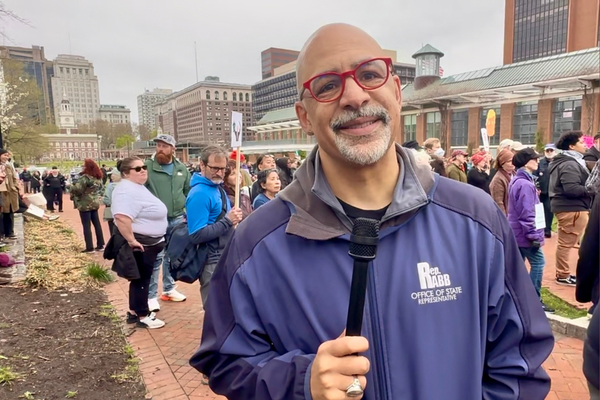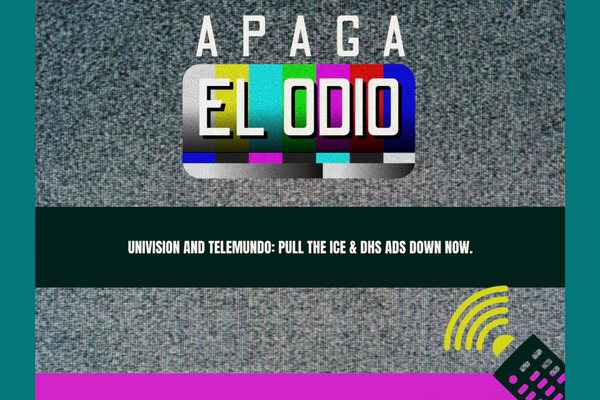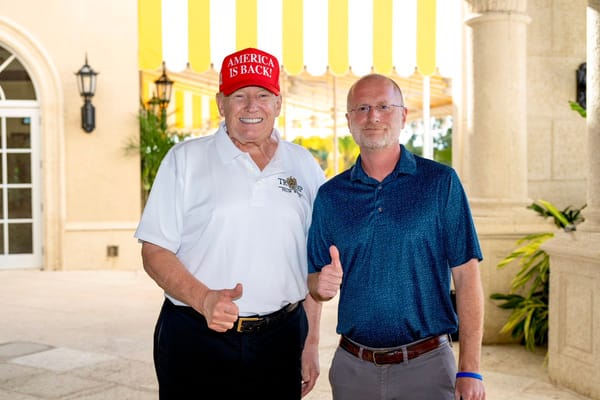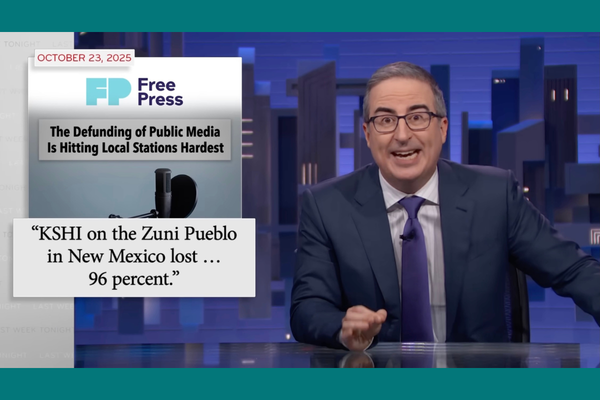How L.A. TACO Became Essential Journalism in the Midst of ICE’s Crackdown
A small newsroom turns relentless coverage of raids and protests into a national voice
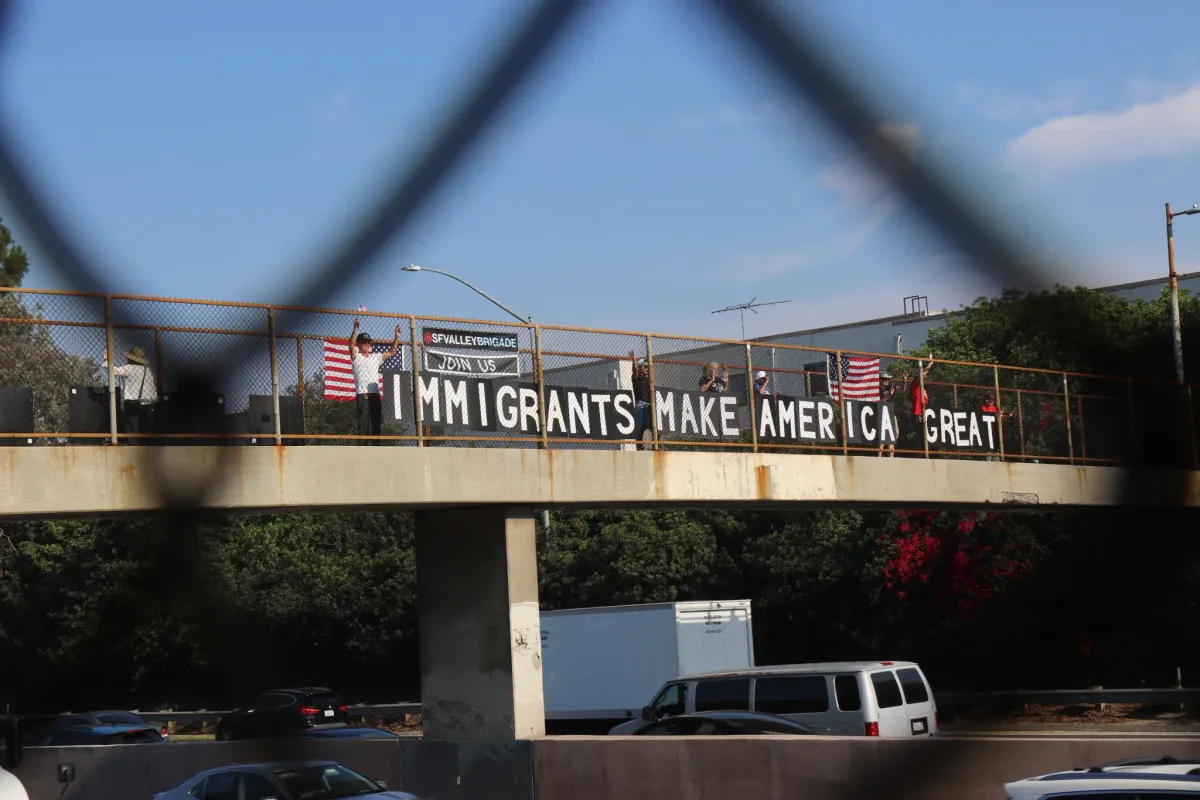
Near the end of May, I was in Los Angeles for an event Free Press hosted with Federal Communications Commissioner Anna Gomez as part of her First Amendment tour. It was my first time back in L.A. since 2022, and I spent most of my downtime walking around the city’s downtown.
I’ve been taking these walks since I started visiting the city in the 1990s. Given the political moment we are all experiencing, I was curious to see how the city felt in 2025. Little did I know that a few weeks later, those same downtown streets would become the center of one of the country’s most tumultuous stories.
By early June, Los Angeles was in the grip of sweeping U.S. Immigration and Customs Enforcement (ICE) raids that would ripple across the region. As anti-ICE protests mounted, the Trump administration deployed National Guard troops to the city, claiming it needed to maintain public safety and order. However, this is Los Angeles, a city with a rich history of resisting government overreach. It is also a city that is almost 50 percent Latino.
To many Angelenos, this was personal, and the story of what the federal government was doing had to be chronicled.
Enter independent media.
One of the outlets stepping up was L.A. TACO, a scrappy newsroom that had evolved from a food blog into one of the city’s most vital sources of on-the-ground reporting.
During my days at Latino Rebels in 2018 and 2019, I saw that the L.A. TACO team shared a similar mission of uplifting underrepresented voices through digital- and social-media journalism. I had the honor of featuring their work back then, and that relationship continued during the pandemic.
The outlet’s work took on a new urgency this summer. L.A. TACO’s small team was on the streets documenting arrests, protests and law enforcement’s use of so-called non-lethal projectiles on demonstrators and journalists.
L.A. TACO's Memo Torres with his Daily Memo report.
What began as a site “celebrating the taco lifestyle” has now drawn national press for its transformation into a critical chronicler of day-to-day life in Los Angeles. L.A. TACO has become indispensable, covering not just the raids themselves but the human cost, the protests and the resilience of communities under siege.
On Thursday, I spoke with Javier Cabral, editor-in-chief of L.A. TACO, about the newsroom’s work and the state of the city two months after the June events. What Cabral shared confirmed the urgent need for independent media must always have a place in the American journalism ecosystem.
Here is what he told me:
Julio Ricardo Varela: What is this country missing when it comes to the coverage you are providing?
Javier Cabral: This country’s news cycle is being dominated by Trump and a lot of negativity right now, when many positive things are happening in our communities. Mainstream outlets are too busy chasing clicks with sanitized headlines or pandering to power when we need to dig into the raw, unfiltered truth.
At L.A. TACO, we’re out here documenting the “street-level” news, which is the term I created to cover ICE raids ripping families apart, street vendors getting harassed and communities fighting back with phones out and flags waving. The country is missing the human cost of these policies beyond Trump’s tantrum politics, the stories of the paisas getting snatched at car washes or Home Depots, and the resilience of folks who refuse to be erased. We’re not just reporting news. We’re amplifying the voices of the people living it — something corporate news does not have the guts or the heart to do. They’re missing the texture, the pain and the pride of L.A.’s neighborhoods, and we’re filling that gap with coverage that’s as real as the tacos we write about.
JRV: How would you place the coverage in the context of a long and historical community tradition?
JC: L.A. TACO’s coverage isn’t new. L.A.’s been a battleground for cultural pride and resistance since forever — think Chicano Movement, the grape boycotts, the Zoot Suit Riots. Our coverage at L.A. TACO is just the latest chapter in a long tradition of communities saying, “We’re here, we’re not going anywhere, and we’re gonna make noise about it.”
Back in the ’60s, folks were waving Mexican flags alongside the UFW [United Farm Workers] eagle, claiming space in a country that tried to push them out. Today, when we report on protesters hoisting flags from Mexico, Palestine, El Salvador, or wherever their roots and oppressed people lie, it’s the same energy — defiance, dignity and a middle finger to anyone trying to strip away their identity. Our work builds on that legacy, from the East L.A. walkouts to the punks and poets who’ve always used art, food and protest to tell the world who we are. We’re not just covering news. We’re documenting a movement that’s been alive for generations, one that’s always been about community, culture and survival.
JRV: How is the community feeling, and what should people know about this moment?
JC: Right now, the community’s feeling a mix of fear and straight-up rage. ICE sweeps are tearing through our neighborhoods — Van Nuys, Montebello, Pasadena— like a riptide, snatching up students, vendors and workers just trying to live.
People are scared, yeah, but they’re not backing down. You see it in the protests, the Mexican and Central American flags flying high, the U.S. Marine veterans hitting the streets to protect their own. It’s heavy, but it’s also inspiring as hell.
What folks need to know is this: This moment is about more than raids or policies. It’s about a community saying, “We belong here.” It’s about immigrants and their kids, born here or not, redefining what “American” means.
What folks need to know is this: This moment is about more than raids or policies. It’s about a community saying, “We belong here.” It’s about immigrants and their kids, born here or not, redefining what “American” means.
This week, L.A. TACO celebrated its 5,000th paying member, demonstrating that “street-level” news has a crucial place in the country and will never disappear.
Open tabs
A couple of weeks back for Pressing Issues, I spoke with my Free Press colleague Nora Benavidez about the case of Mario Guevara, the only journalist ICE has detained for the act of newsgathering.
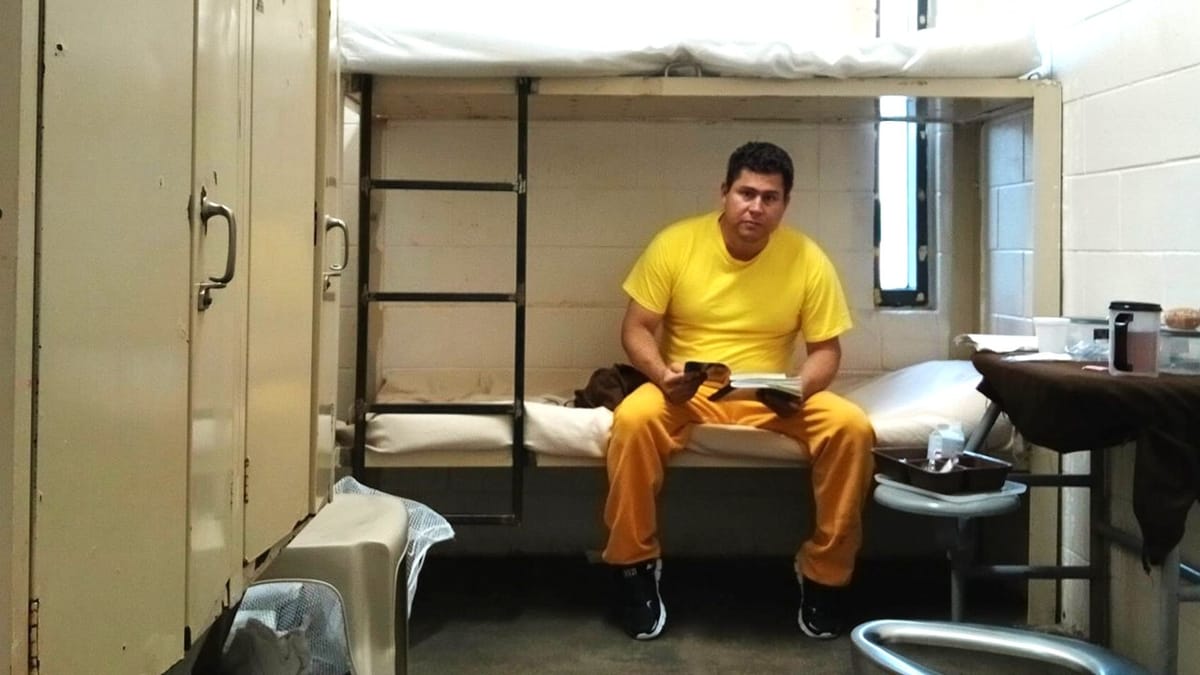
I wanted to share an update on the case.
On Wednesday, the American Civil Liberties Union, the ACLU of Georgia, the University of Georgia School of Law’s First Amendment Clinic (which Nora is a part of), Garland, Samuel & Loeb, P.C., and Diaz & Gaeta Law, LLC, filed a habeas petition in the U.S. District Court for the Southern District of Georgia, “arguing that Mr. Guevara’s continued detention violates the First and Fifth Amendments. The petition argues that his continued detention is retaliatory, amounts to a prior restraint on his future speech and reporting, and violates due process.”
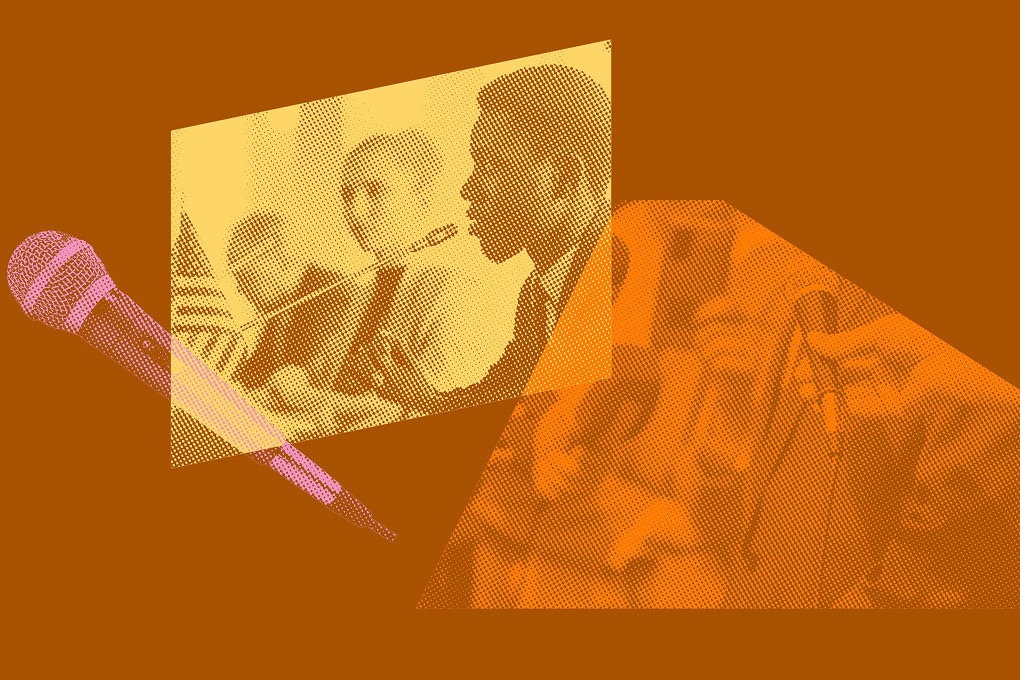
The kicker
“Fake news is cheap to produce. Genuine journalism is expensive.” — Toomas Hendrik Ilves
About the author
Julio Ricardo Varela is the senior producer and strategist at Free Press. He is also a working journalist, columnist and nonprofit-media leader. He is a massive Red Sox, Knicks and Arsenal fan (what a combo). Follow him on Bluesky.




